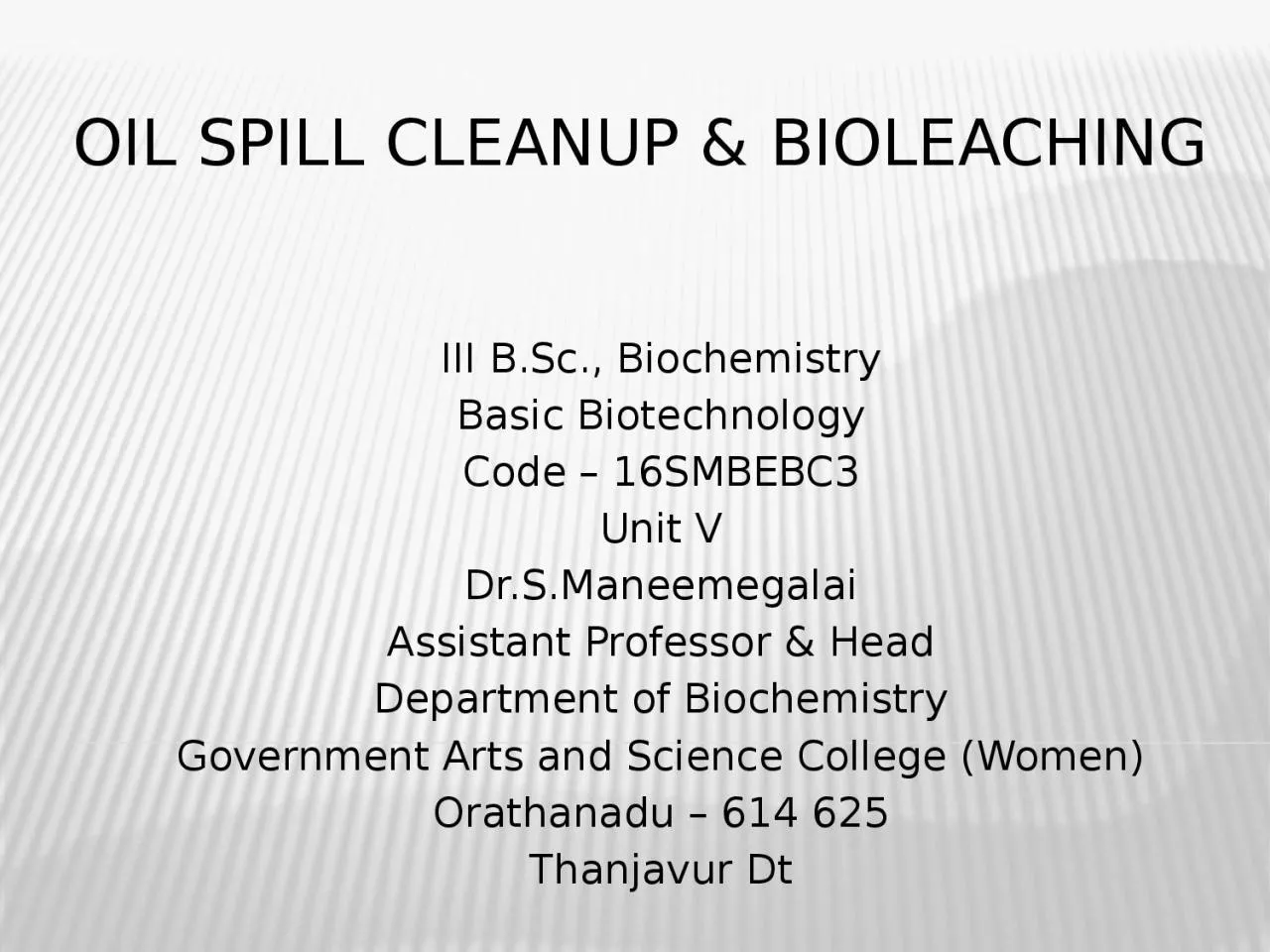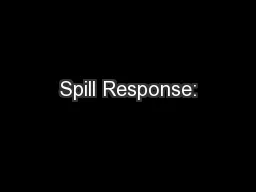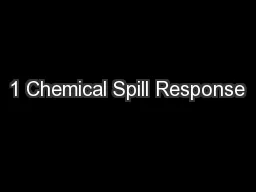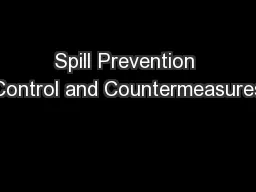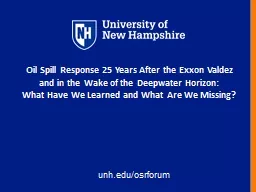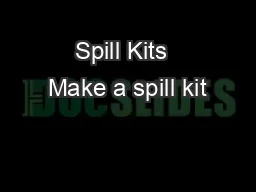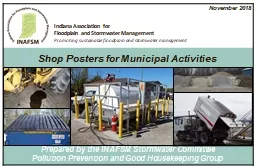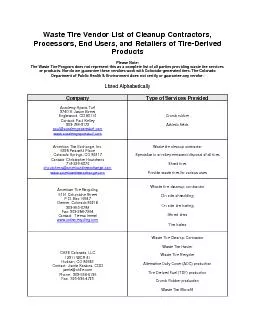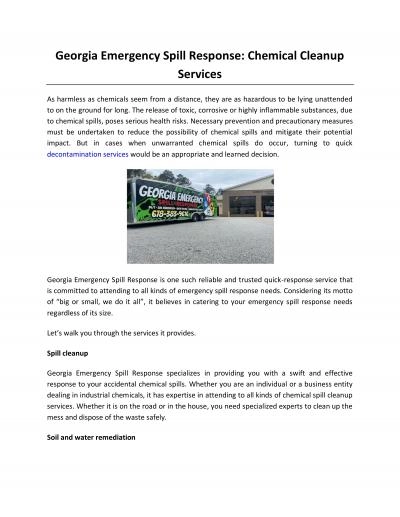PPT-Oil spill cleanup & Bioleaching
Author : davis | Published Date : 2023-10-04
III BSc Biochemistry Basic Biotechnology Code 16SMBEBC3 Unit V DrSManeemegalai Assistant Professor amp Head Department of Biochemistry Government Arts and Science
Presentation Embed Code
Download Presentation
Download Presentation The PPT/PDF document "Oil spill cleanup & Bioleaching" is the property of its rightful owner. Permission is granted to download and print the materials on this website for personal, non-commercial use only, and to display it on your personal computer provided you do not modify the materials and that you retain all copyright notices contained in the materials. By downloading content from our website, you accept the terms of this agreement.
Oil spill cleanup & Bioleaching: Transcript
Download Rules Of Document
"Oil spill cleanup & Bioleaching"The content belongs to its owner. You may download and print it for personal use, without modification, and keep all copyright notices. By downloading, you agree to these terms.
Related Documents

